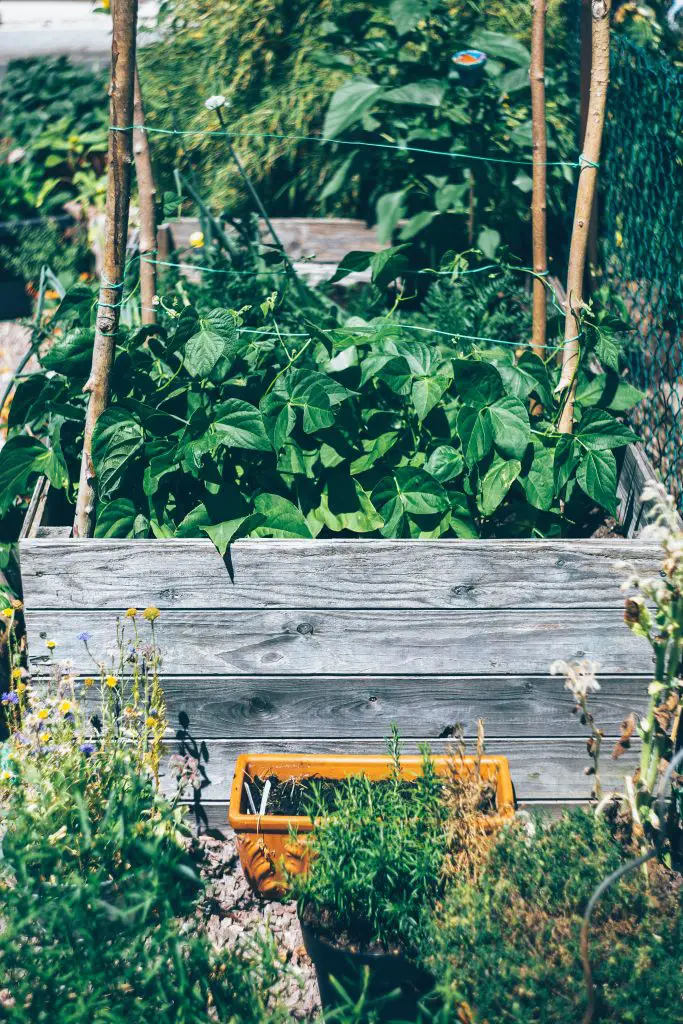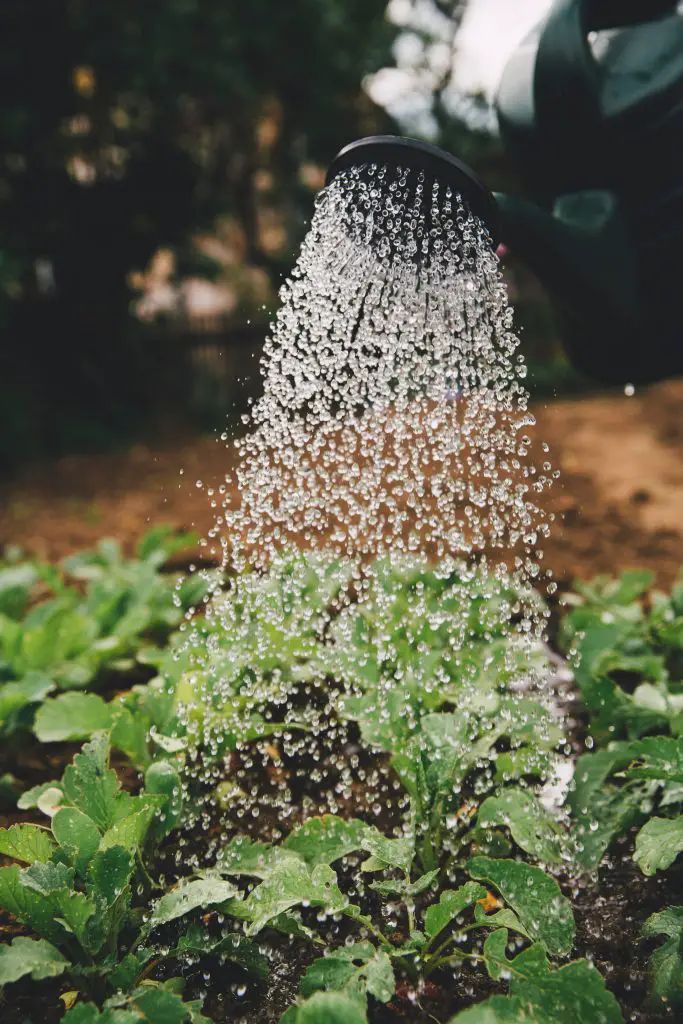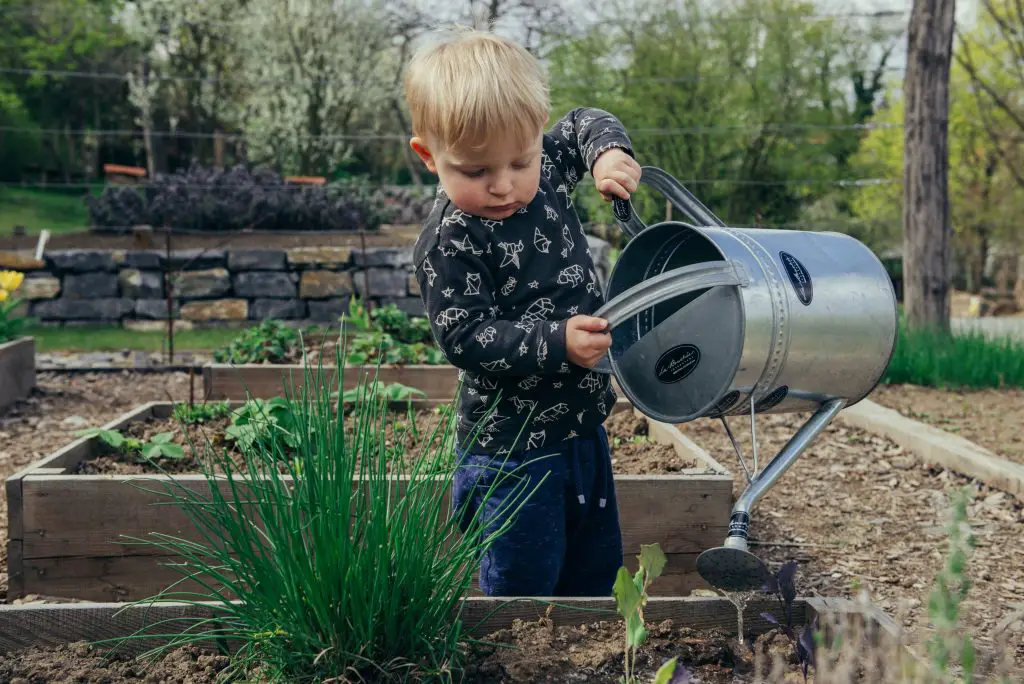Can You Plant Into Mulch? Mulching is one of the most commonly recommended practices in gardening. It is highly beneficial because it suppresses weeds, helps to retain moisture and contributes to the overall health of the soil by adding nutrients over time. However, some of the common questions are can you plant after you have mulched? And Can you plant directly into mulch?
Planting can occur after the mulch is applied to the garden bed by scraping back the mulch layer and then putting the plant in. The mulch can then be reapplied to the area immediately afterward. However, planting directly into the mulch itself is generally not advisable in most cases with the exception being in cases where compost is used as the mulch.
Using compost as a mulch layer is a technique that has become increasingly popular as a result of the no-dig approach to gardening. This approach, which is championed by people such as Charles Dowding, is an excellent way of improving growth rates while minimizing the work in the garden.
Mulching with compost as opposed to using specifically designed mulches has some distinct advantages. The major advantage of adding compost is that you are able to combine two activities at once as you are both mulching and feeding the soil simultaneously. This reduces the number of additional inputs that you need to add to your garden.

Additionally, compost is actually easier to maintain than other mulches in terms of keeping it weed free which may sound counterintuitive, however, let me explain why,
When you apply mulch is such as straw or wood chips to your garden beds you will find that they are extremely effective for a period of time however eventually weeds will start to grow through the mulch. At this point it is necessary to remove the weeds by hand which can be extremely time-consuming and usually occurs only after the weeds root system has become established below the mulch level. This generally makes it more difficult to remove the weeds.
However, if you use compost you can use a dutch hoe to quickly and easily remove small weeds as they appear in the garden simply by running a dutch hoe lightly over the surface every couple of weeks. This substantially reduces the amount of weeding in the garden. To see a fantastic example of this being applied in a no-dig garden try visiting Charles darlings YouTube channel. Charles is a world-leading expert on no-dig gardening and has over 35 years of experience as a Market Gardener.
What Is The Best Time To Apply Mulch?
The best time of the year to apply munch is in autumn. The reason for this is that applying a thick layer of mulch will suppress weeds for several months until the weather starts to warm up. At which point the mulch layer will need to be maintained to ensure that weeds do not take over the garden.

How Thick Should A Layer Of Mulch Be?
Generally a layer of mulch should be between 2 to 4 in thick. The reason for this is that the layer of mulch needs to be thick enough to ensure that light is excluded from the surface below but not so just think that it mounds up around plants as this can cause other problems such as collar rot and various fungal diseases.
Additionally, if the mulch layer is extremely thick it will also mean that you need to buy huge quantities of mulch in order to cover your garden which can make things expensive.
Is There Anyway To Get Mulch Free?
It is possible to get certain types of mulch for free or at the very least at a reduced cost depending upon where you source it from. I personally get mulch for free from local tree loppers who often have to pay to get rid of the material. As a result of this many of them are happy to provide you with the mulch at no cost.
The way to get the material is to ring them up and get your name on a list for when the mulch is available. However, I would warn you that there are a couple of disadvantages to getting mulch from tree loppers. The first is that they often want to dump their entire truckload of material which means that you can end up with massive quantities of the mulch. So for people with small gardens, this may not be a viable option
The second thing is that you often cannot predict when you are going to get the mulch. It will often take several weeks to appear when the tree loppers are in your local area.
The other option which is common in some areas is to get the mulch through your local council who will often have a green waste facility that is converting material collected from households in the area into compost. This is generally cheaper than purchasing from commercial garden suppliers.

How Often Should A Layer Of Mulch Be Applied?
Mulch layers should typically be applied once a year for things like compost or wood chips. However, if you are using something like straw you will generally find that it will not last the entire season and may need to be reapplied more frequently.
What Are The Pros And Cons Of Different Types Of Mulches?
The types of mulches can generally be categorized into two different types, organic mulches and inorganic mulches. Organic mulch is far more commonly used than inorganic mulches and is basically any mulch that will break down over time. Products that are included in this category are things like compost, woodchips, pea straw, sugar cane mulch, and even grass clippings. Whereas inorganic mulches are those products that do not break down at all. These products include things like pebbles, stones, and colored glass.
Advantages Of Organic Mulches
Organic mulches are generally lower in cost than inorganic mulches but they need to be regularly replaced. The second key advantage of them is that they contribute to the fertility of the soil by breaking down on top of the surface and providing nutrients for the plants.
An example of this can be seen with the practices of Charles Dowding. In his no-dig garden he does not apply any fertilizer at all. All he adds is a layer of compost as a mulch once a year which provides sufficient nutrients for the entire year.
However, I would highlight that using wood chips does have a disadvantage when used around annual plants such as vegetables. Wood chips will temporarily deplete the nitrogen levels in the soil which can affect the growth of the vegetables which is one of the main reasons why it is generally not recommended for vegetable gardens. To read more about this click here.
Advantages Of Inorganic Mulches
The key advantage inner of inorganic mulches they do not break down and therefore the cost of purchasing them is a one-off. The other key advantage is that they are often used for decorative purposes to highlight the plants that are being grown. These mulches are also available in a much wider range of colors than organic mulches which makes them useful for creating unique and stylized effects in the garden.
They are most commonly used with things like cacti that do not need many nutrients from the soil and require very little maintenance. This means that the plants can sit untouched for an extended period of time.
I hope you found this blog useful. If you have any questions or comments please leave them in the section below.
Relevant Articles
Can You Use Wood Chips As A Mulch On A Vegetable Garden?
Can Plants Grow Through Mulch?
10 Ways To Make Your Vegetable Garden Look Beautiful
7 Easy Steps To Creating An Orchard In Your Own Yard
